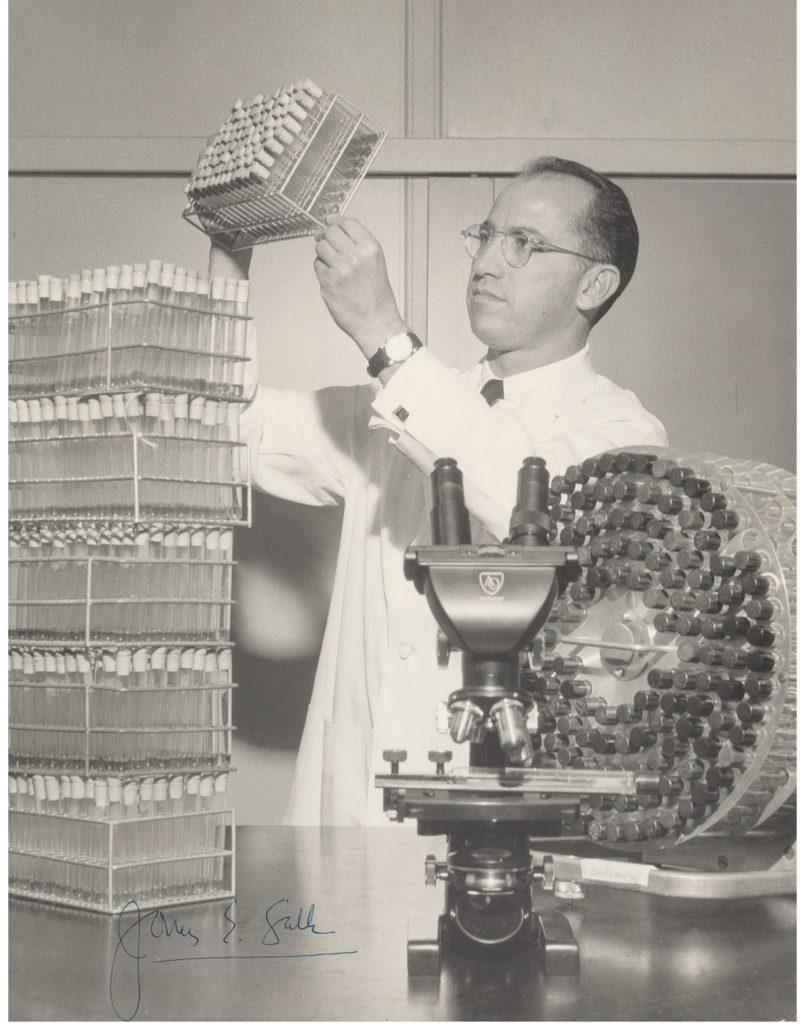
By Jim O’Neal
Franklin Delano Roosevelt (1882-1945) was a handsome, virile young man – 39 years old – when he contracted what was diagnosed as poliomyelitis. Polio is an odd infection whose history traces back to the earliest humans and is generally transmitted by water contaminated with human feces. It primarily affects children under age 5, with only 1 in 200 infections leading to irreversible paralysis.
In FDR’s case, the paralysis overtook all of his extremities, but he eventually regained use of his upper limbs and relied on a wheelchair or crutches for mobility. We know that he had a spectacular political career, culminating in being elected president of the United States four separate times. He is frequently ranked among the top three presidents, along with George Washington and Abraham Lincoln. Political commentator George Will observed that some of that steel he relied on must have found its way into his soul and political will.
Some researchers now believe that FDR did not have poliomyelitis, but Guillain-Barré syndrome. If true, it seems to be particularly irrelevant since the treatment/cure was not discovered until this century, just a wee bit late, and it’s still in development.
Importantly, major polio epidemics were not common until the early 1900s, when Europe was plague-ridden. By 1910, frequent epidemics became regular events throughout the modern developed world. It peaked in the summer months and by 1950 was responsible for 500,000 deaths or paralysis every year.
To help fund research for a cure, in 1938 Roosevelt founded the National Foundation for Infantile Paralysis, soon to become the March of Dimes. Dr. Jonas Salk was picked to lead search for a cure. Would FDR have made such a dramatic effort if he had something other than polio? Perhaps not, but it’s probably not practical to rely on this ploy to get to priority funding since we’ve learned it’s harder to find good presidents than breakthrough medical cures.
During the war, Salk had pioneered a highly successful influenza vaccine and then taken a position at the University of Pittsburgh … in need of research funding. In danced the March of Dimes and Salk began working on a polio vaccine in 1948. Since polio is a viral disease, humans build up immunities to viruses after direct exposure. Development of mild strains can occur if a viable delivery system is also co-developed (a difficult task).
Salk’s work generated national attention since national panics were occurring every summer and swimming pools, movie theaters and other gathering places were routinely closed.
In the summer of 1952, he injected several dozen mentally handicapped children with an experimental version of his vaccine (try that today!). Also among the first people to be inoculated were his wife, their three children and Dr. Salk himself. Two years later (1954), the vaccine was ready for extensive field trials. In the interim, 100 million Americans had donated money to the March of Dimes (the 1950 census declared that the total U.S. population was only 150 million).
Next, a literal army of 20,000 public health workers, 64,000 school employees and 220,000 volunteers administered the vaccine to 1.8 million schoolchildren. On April 12, 1955, Salk’s polio vaccine was declared safe and effective. This announcement was broadcast nationally on television and around the world on radio. Polio was finally defeated in the United States. Dr. Salk was in a position to make an enormous amount of money. However, when asked in a television interview who owned the patent, he simply answered, “There is no patent. Could you patent the sun?
I realize it is difficult to feel an increased sense of optimism about COVID-19 by retelling the story of polio. But, one source of encouragement is to listen more carefully to what we’ve been told (ad nauseam) about the powerful defenses everyone has access to: simple soap and water! The coronavirus that has changed our lives perhaps forever is enveloped in fatty layers that are easily dissolved by detergents, which expose the core of the virus and cause it to perish.
So stop whatever you’re doing, get to the soap and water and scrub your hands (just like your mother told you before every meal). I do this frequently while I patiently wait for the miracle vaccine.
What do you have to lose?
 Intelligent Collector blogger JIM O’NEAL is an avid collector and history buff. He is president and CEO of Frito-Lay International [retired] and earlier served as chair and CEO of PepsiCo Restaurants International [KFC Pizza Hut and Taco Bell].
Intelligent Collector blogger JIM O’NEAL is an avid collector and history buff. He is president and CEO of Frito-Lay International [retired] and earlier served as chair and CEO of PepsiCo Restaurants International [KFC Pizza Hut and Taco Bell].
